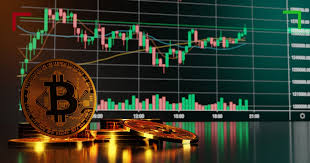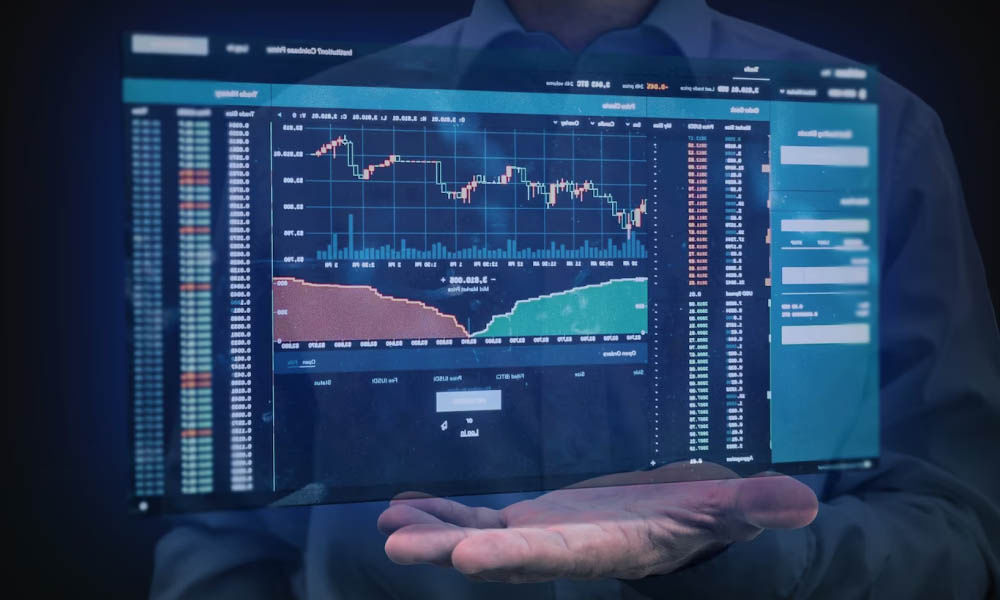Understanding Crypto Trading High-Frequency Strategies and Techniques

Understanding Crypto Trading High-Frequency
High-frequency trading (HFT) has become a significant topic of discussion within the cryptocurrency market in recent years. It refers to the use of powerful computers to transact a large number of orders at extremely high speeds. The methodology of HFT can dramatically influence market conditions, offer liquidity, and shape the trading landscape. To gain more insights into high-frequency trading, Crypto Trading High-Frequency visit website and dive into the strategies employed by traders at the forefront of this rapidly evolving market.
What is High-Frequency Trading?
High-frequency trading is a form of algorithmic trading that involves executing orders at astonishing speeds, often in fractions of a second. HFT strategies rely heavily on advanced algorithms and high-speed data networks to exploit small price discrepancies across multiple exchanges and trading platforms. Crypto traders utilizing HFT aim for minute profit margins that accumulate over numerous trades throughout the trading day.
The Mechanics of High-Frequency Trading
High-frequency trading relies on several key components:
- Speed: Speed is the essence of HFT. Traders require direct market access and high-speed data feeds to react quickly to market changes.
- Algorithms: Advanced mathematical models and algorithms are essential to allowing HFT traders to make rapid decisions based on market data.
- Market Data: Real-time market data is crucial for high-frequency traders to identify and act upon small price fluctuations.
- Technology: HFT firms invest heavily in technology, deploying cutting-edge hardware and software to maintain a competitive edge.

Benefits of High-Frequency Trading in Crypto
There are several potential advantages associated with HFT in the cryptocurrency market:
- Increased Liquidity: HFT can provide increased liquidity, making it easier for traders to buy and sell assets with minimal price impact.
- Market Efficiency: By exploiting inefficiencies across markets, HFT can contribute to more efficient pricing of cryptocurrency assets.
- Quick Execution: The ability to execute thousands of trades in mere seconds allows traders to capitalize on fleeting market opportunities.
- Diversification: HFT allows traders to analyze and trade multiple assets simultaneously, aiding risk management through diversification.
Challenges and Risks of High-Frequency Trading
However, trading at high frequencies is not without its challenges and risks:
- Technology Risks: Given the reliance on technology, problems such as system failures or outages can lead to significant financial losses.
- Market Volatility: The cryptocurrency market is known for its volatility. HFT strategies can amplify this volatility, as large amounts of trades can lead to rapid price movements.
- Regulatory Risks: As the cryptocurrency market continues to mature, regulatory frameworks are evolving. Changes in regulations can impact HFT strategies and operations.
- Competition: The competitive nature of HFT means that firms must continuously innovate and enhance their technology and strategies.
Strategies Used in High-Frequency Trading

Successful high-frequency traders employ a range of strategies to generate profits. Some of the most common include:
- Arbitrage: This involves taking advantage of price differences between different exchanges. For example, if Bitcoin is being traded for lower prices on one exchange compared to another, an HFT algorithm can buy at the lower price and sell at the higher price almost simultaneously.
- Market Making: HFT firms often act as market makers by providing liquidity in the form of buy and sell orders, earning the spread between them.
- Trend Following: By analyzing past price movements, HFT algorithms can attempt to predict future price movements and trade accordingly.
- News-Based Trading: High-frequency traders may also develop algorithms that analyze news and social media sentiment, acting on this information before the broader market reacts.
The Future of High-Frequency Trading in Crypto
The future of high-frequency trading in the cryptocurrency space is exciting yet uncertain. As technology evolves, trading methodologies will likely become more sophisticated and widespread. Increased regulatory scrutiny may also change how HFT firms operate within this market. Furthermore, the emergence of decentralized exchanges and innovations such as automated market makers are reshaping the landscape of liquidity provision.
In conclusion, high-frequency trading represents a unique, complex, and rapidly changing facet of the cryptocurrency trading ecosystem. It offers both opportunities and challenges for traders and investors alike. Understanding the intricacies of HFT is essential for participants looking to navigate the dynamic waters of the crypto markets.
As crypto trading continues to evolve, so too will the strategies and technologies central to high-frequency trading, making it a critical component to watch in the coming years.
Tags
What do you think?
Related Articles
Descubre Limbo BC.Game La Aventura del Juego en Línea
Limbo BC.Game: La Nueva Frontera del Juego en Línea En el mundo del juego en línea, pocas plataformas pueden ofrecer la emoción y la adrenalina
Unlocking the Future of Financial Markets Crypto Trading AI
Understanding Crypto Trading AI In recent years, the world of finance has witnessed a seismic shift with the advent of cryptocurrencies and blockchain technologies. Among
Understanding Crypto Trading Bots Your Key to Successful Trading
Understanding Crypto Trading Bots: Your Key to Successful Trading The advent of cryptocurrency has revolutionized trading and investing landscapes, creating myriad opportunities for individuals and

